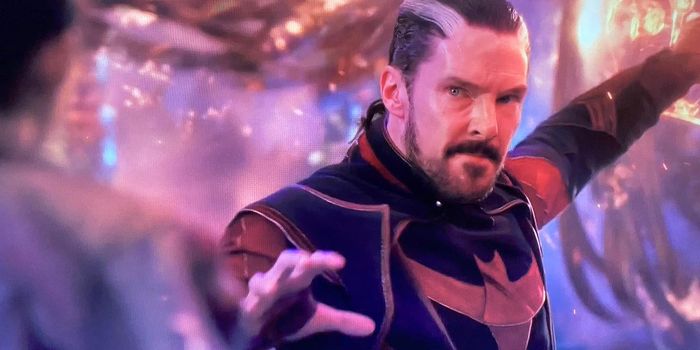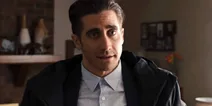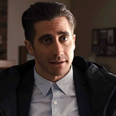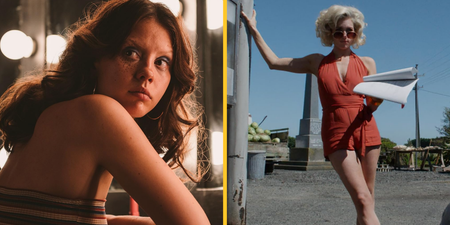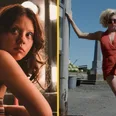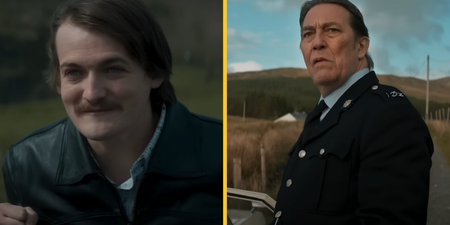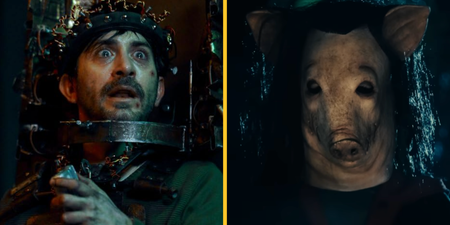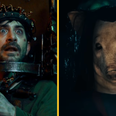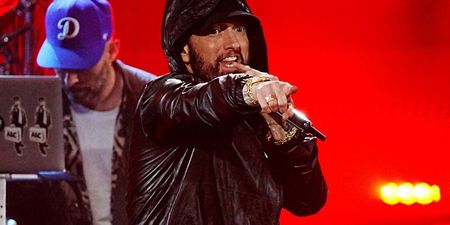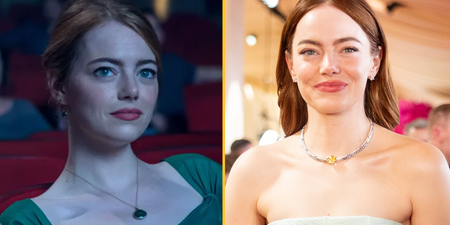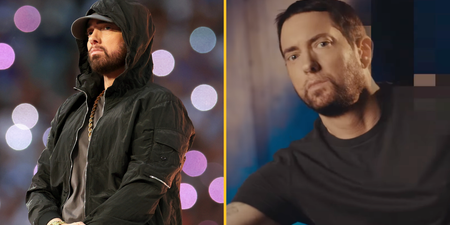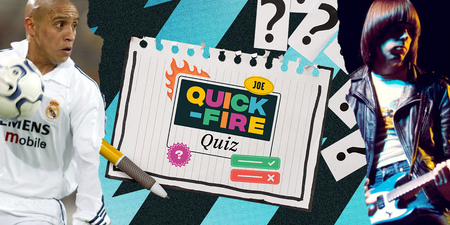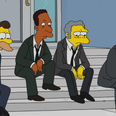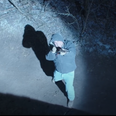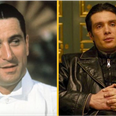The huge Marvel sequel arrives in Irish cinemas this week.
There is a lovely symmetry to Sam Raimi returning to the Marvel universe this week alongside the 20-year anniversary of his big-screen adaptation of Spider-Man, a movie which essentially proved that these kind of adaptations should be taken very seriously.
However, this week is also the 15-year anniversary of Spider-Man 3, a movie which will be forever be recognised as being tainted by too much studio interference.
Doctor Strange in the Multiverse of Madness is a collision that represents both of these movies, with Raimi sometimes allowed off the chain and immediately firing on all cylinders, but with so much obvious studio meddling that it threatens to overwhelm the entire project.
As lead star Benedict Cumberbatch told JOE, the movie’s third act was still very much up in the air when production began, which goes some way to explain why that is precisely when things really start to fall apart. Before then, Strange has a relentless zip to it, like Raimi watched The Terminator the night before he started filming.
After all the rumours of theories of what would cause the realities to collapse here – Was it what happened in Loki? Was it Strange’s own doing from the ending of Spider-Man: No Way Home? – it turns out that it all falls back to Wanda (Elisabeth Olsen).
Tormented by a better life that parallel versions of her get to have, with a happy home and children, Wanda has set her sights on America Chavez (new arrival Xochitl Gomez), who has the power to physically travel across the multiverse. Crossing paths with Strange and Wong (Benedict Wong), they set about protecting Chavez from the impossibly strong Scarlet Witch.
That, in itself, is absolutely fine for the plot of a Marvel movie; baddie wants to kill innocent for own nefarious purposes, goodies go on the run with innocent until they figure out how to defeat baddie.
It lends itself to some decent action set-pieces – an early attack on Strange’s home-based Kamar-Taj has an enjoyable mix of CGI and practical effects – and the clash of powers between Strange and Wanda gives Raimi licence to go balls-to-the-wall with some fantastically memorable visuals.
His fingerprints can be found elsewhere too, with some optical flourishes not seen this side of Ang Lee’s Hulk. But then the further we get into the plot, the more the ‘U’ in the MCU starts to infringe on what should have been a simple, exciting story.
While the cameos were pretty much essential to the plot of No Way Home, here they feel more like showing off, like Marvel is flexing all of the different universes it has access to. Yes, MCU fans will still likely whoop and holler at the various appearances, but it doesn’t feel like they actually mean anything here. They’re here because they can be here, not because they should be here.
The promise of this being the scariest MCU movie to date is delivered, and younger cinema-goers might be genuinely upset or unsettled by some of what they see here. And we’ll always be happy to see an innovative director like Sam Raimi being given $200 million or so to have as much fun as they want, but there was room here for Marvel to do something truly risky, something truly braver, something very different.
Instead, it is more of the same, with just some glimpses into a multiverse were Raimi was allowed to make the most expensive horror movie ever made.
Doctor Strange in the Multiverse of Madness arrives in Irish cinemas on Thursday, 5 May.
LISTEN: You Must Be Jokin’ with Aideen McQueen – Faith healers, Coolock craic and Gigging as Gaeilge
